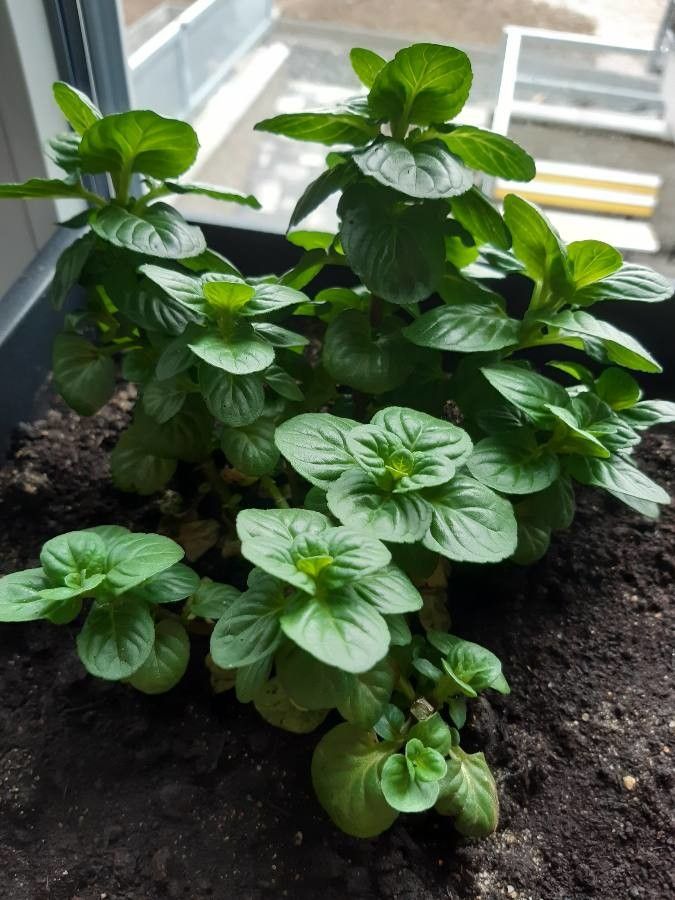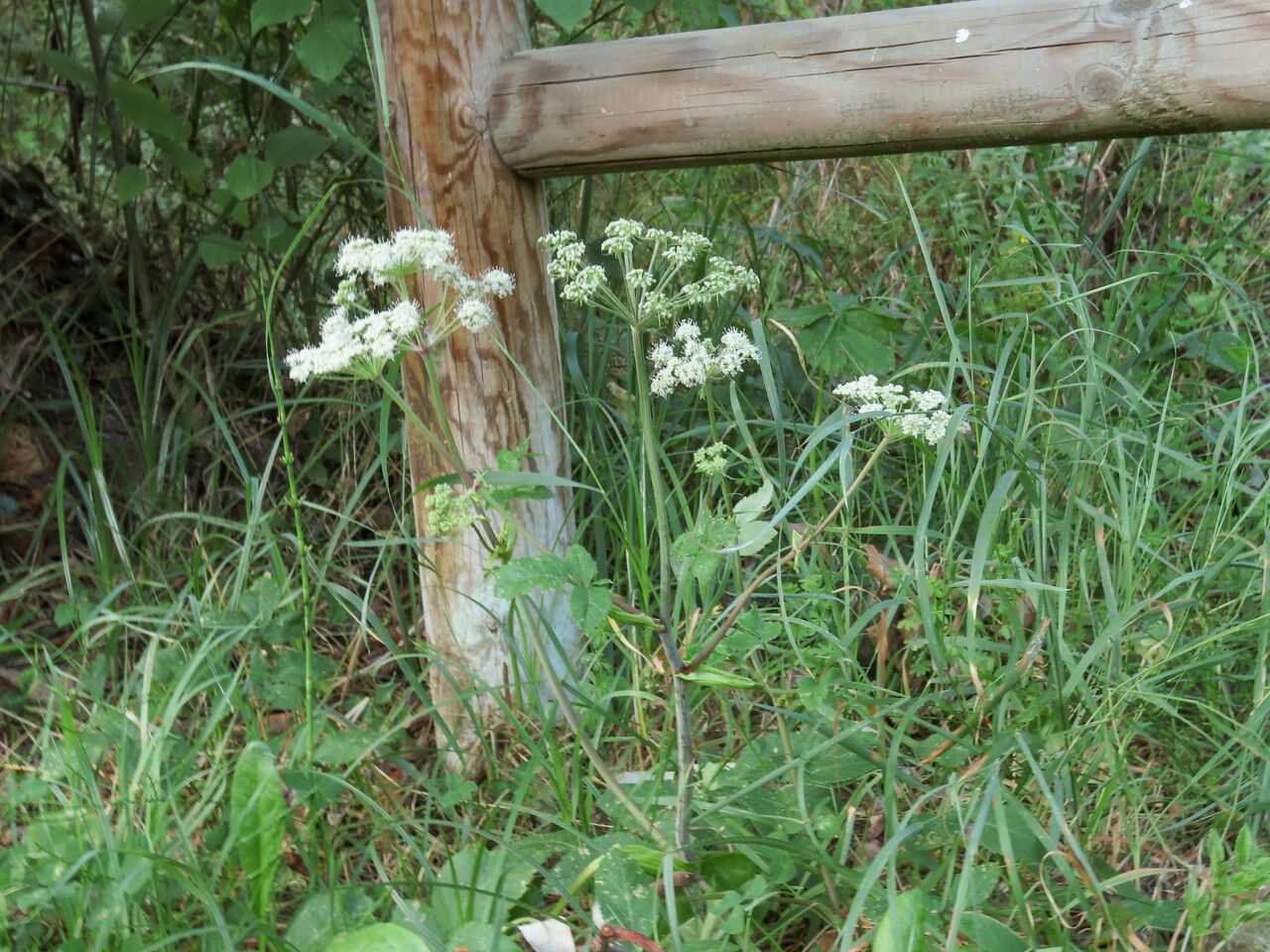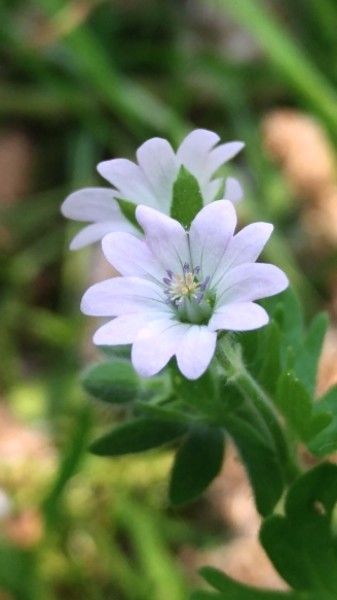## European Corn Mint: A Comprehensive Guide
European corn mint ( *Mentha arvensis*), a member of the Lamiaceae family, is a vigorous, aromatic herb prized for its refreshing scent and culinary applications. Unlike its cousin, peppermint, it boasts a milder, sweeter flavor profile, making it a versatile ingredient in a variety of dishes and beverages. This guide provides a comprehensive overview of its cultivation, care, and uses.
### Habitat and Growth
Native to Europe and Asia, European corn mint thrives in damp, well-drained soil. It prefers full sun to partial shade, though it will tolerate a bit more shade in warmer climates. This adaptable herb can flourish in various soil types, but consistently moist conditions are crucial for optimal growth. Its spreading nature makes it an excellent ground cover, but it can also be easily contained in pots or containers.
### Soil Needs and Watering
While tolerant of various soil types, European corn mint prefers slightly acidic to neutral soil (pH 6.0-7.0). Good drainage is vital to prevent root rot. Consistent moisture is key—allow the soil to dry slightly between waterings, but avoid letting it completely dry out, especially during hot, dry periods. Mulching can help retain soil moisture and suppress weeds.
### Sun Exposure and Temperature
European corn mint prefers at least four hours of direct sunlight per day. However, in hotter climates, afternoon shade can be beneficial to prevent wilting. This hardy herb is remarkably adaptable to temperature fluctuations, tolerating both cool and moderately warm temperatures.
### Propagation and Planting
Propagation is easy via stem cuttings or division. Simply take a stem cutting of about 4-6 inches, remove the lower leaves, and plant it in moist soil or water. Division is best done in spring or fall. Simply dig up the established plant, divide the root ball, and replant the divisions. Space plants approximately 12-18 inches apart to allow for spreading.
### Pests and Diseases
European corn mint is relatively pest and disease resistant. However, occasional infestations of aphids or spider mites can occur. Regularly inspecting your plants and using insecticidal soap or neem oil as needed can effectively manage these pests. Good air circulation helps prevent fungal diseases.
### Harvesting and Uses
Harvesting can begin when the plant is about 6-8 inches tall. Cut stems just above a leaf node, leaving some foliage for regrowth. The leaves and stems can be used fresh or dried. European corn mint's mild, slightly sweet flavor lends itself to various culinary applications: teas, salads, soups, sauces, and even desserts. Its essential oil has also been used traditionally in aromatherapy.
### Conclusion
European corn mint is a rewarding and versatile herb for both experienced gardeners and beginners. With its ease of cultivation and multiple uses, it's a valuable addition to any herb garden. By following these guidelines, you can enjoy a thriving patch of this fragrant and flavorful herb.
European Corn Mint: Grow & Care Guide

Frequently Asked Questions
How to grow European corn mint?
Plant in well-drained, slightly acidic to neutral soil (pH 6.0-7.0) in full sun to partial shade. Water consistently, keeping the soil moist but not soggy. Propagate via stem cuttings or division.
What are the uses of European corn mint?
Its leaves and stems can be used fresh or dried in teas, salads, soups, sauces, and desserts. It also has traditional uses in aromatherapy.


